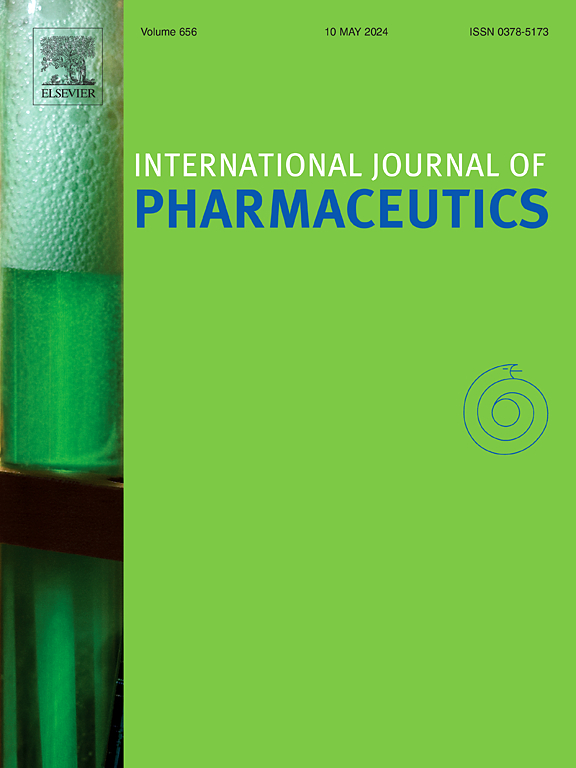语言模型如何协助药品生产偏差和调查?
IF 5.3
2区 医学
Q1 PHARMACOLOGY & PHARMACY
引用次数: 0
摘要
大型语言模型(LLM)如生成-预训练-转换(GPT)和大型语言模型-元人工智能(LLaMA)受到了广泛的关注。有强有力的证据表明,这些模型在各种自然语言处理任务中表现得非常好。然而,如何在特定于领域的用例中利用它们并驱动价值仍然是一个悬而未决的问题。专注于制药制造领域的数字化转型,我们建议在组织中利用制造偏差的历史记录,作为一个非结构化的数据源,可以有利于生产力、效率、质量和合规性,特别是用于解决和结束新案例,或通过识别共同主题和事件来降低新制造活动的风险。本文通过构建工业相关数据集,研究了生成法学硕士(例如GPT和Claude)和文本嵌入模型在执行与制药制造偏差相关的任务中的能力。在成熟的组织中,对生成模型进行评估,用于从偏差报告中自动提取知识,而对嵌入模型进行评估,用于使用向量空间中的相似性分析从大量历史记录中识别类似事件。结果表明,实体提取任务的结果非常准确,特别是在更大的模型、强大的推理能力以及llm的表观推理和幻觉行为之间的相互作用下。结果还显示了嵌入模型在某些偏差类别中捕获语义的能力。总的来说,这些发现表明,通过人工智能驱动的工具,在加强制药制造工作流程方面具有巨大潜力,同时也突出了需要进一步研究的重要问题。本文章由计算机程序翻译,如有差异,请以英文原文为准。

How can language models assist with pharmaceuticals manufacturing deviations and investigations?
Large Language Models (LLM) such as the Generative-Pretrained-Transformer (GPT) and Large-Language-Model-Meta-AI (LLaMA) have attracted much attention. There is strong evidence that these models perform remarkably well in various natural language processing tasks. However, how to leverage them in domain-specific use cases and drive value remains an open question. Focusing on the digital transformation in the pharmaceutical manufacturing space, we propose that leveraging historical records of manufacturing deviations, as a mostly unstructured data source, in an organization can be beneficial for productivity, efficiency, quality, and compliance, specifically for addressing and closing new cases, or de-risking new manufacturing campaigns by identifying common themes and occurrences. Herein, by constructing an industrially relevant dataset, the ability of generative LLMs (e.g., GPT and Claude) and text embedding models in performing tasks related to pharmaceutical manufacturing deviations are studied. Generative models are evaluated for automating knowledge extraction from deviation reports in a mature organization, while embedding models are evaluated for identification of similar incidents from a large body of historical records using similarity analysis in vector space. Results show highly accurate outcomes for entity extraction tasks, especially with larger models, strong reasoning capabilities, as well as an interplay between the apparent reasoning and hallucination behavior of LLMs. Results also show the ability of embedding models for capturing semantics in certain deviation categories. Overall, these findings suggest significant potential for enhancing workflows in the pharmaceutical manufacturing through AI-driven tools, while also highlighting important questions that necessitate further research.
求助全文
通过发布文献求助,成功后即可免费获取论文全文。
去求助
来源期刊
CiteScore
10.70
自引率
8.60%
发文量
951
审稿时长
72 days
期刊介绍:
The International Journal of Pharmaceutics is the third most cited journal in the "Pharmacy & Pharmacology" category out of 366 journals, being the true home for pharmaceutical scientists concerned with the physical, chemical and biological properties of devices and delivery systems for drugs, vaccines and biologicals, including their design, manufacture and evaluation. This includes evaluation of the properties of drugs, excipients such as surfactants and polymers and novel materials. The journal has special sections on pharmaceutical nanotechnology and personalized medicines, and publishes research papers, reviews, commentaries and letters to the editor as well as special issues.

 求助内容:
求助内容: 应助结果提醒方式:
应助结果提醒方式:


